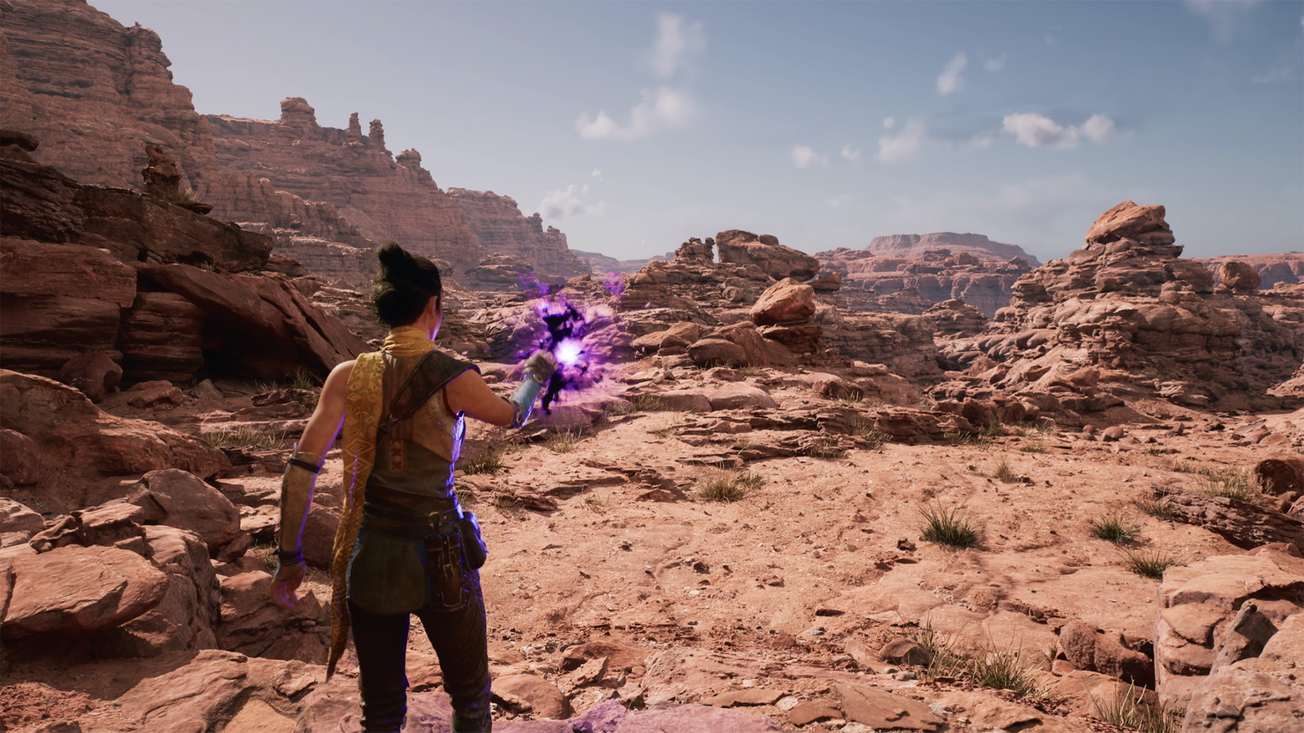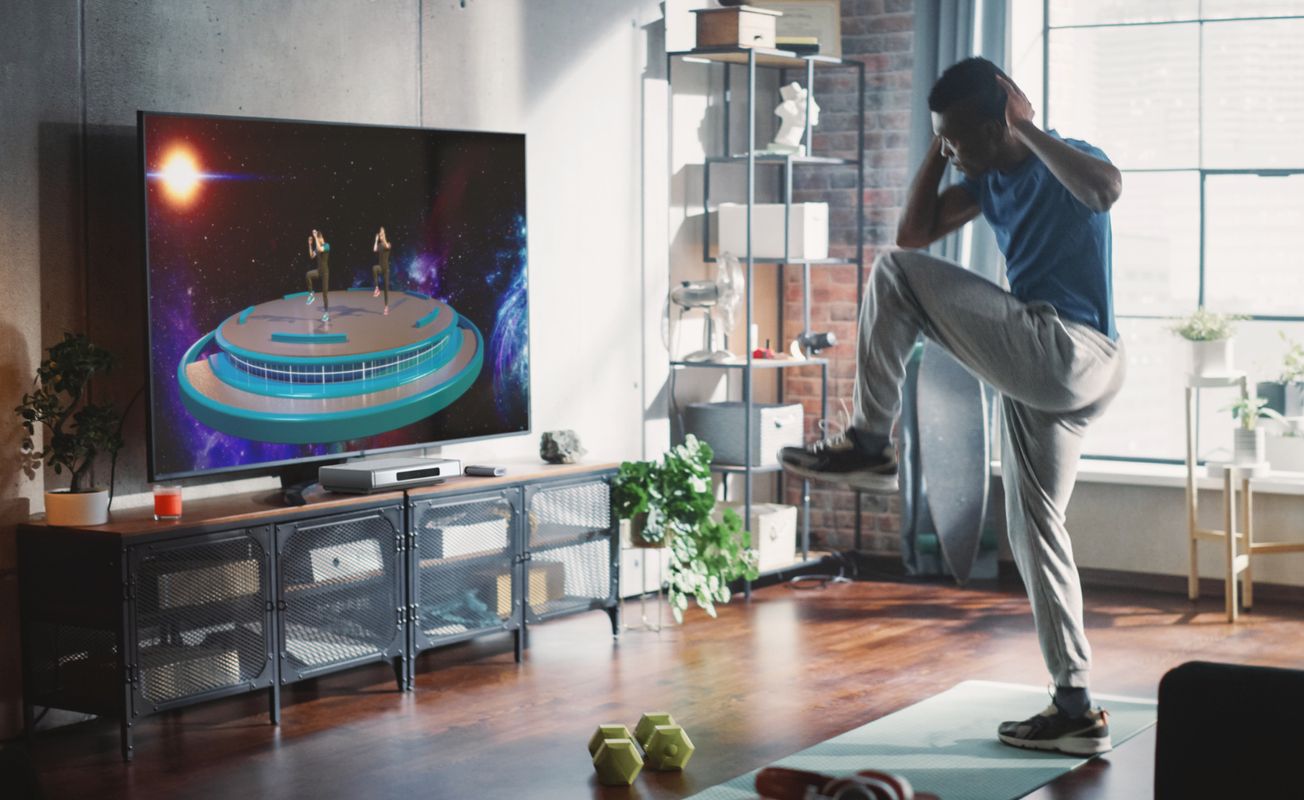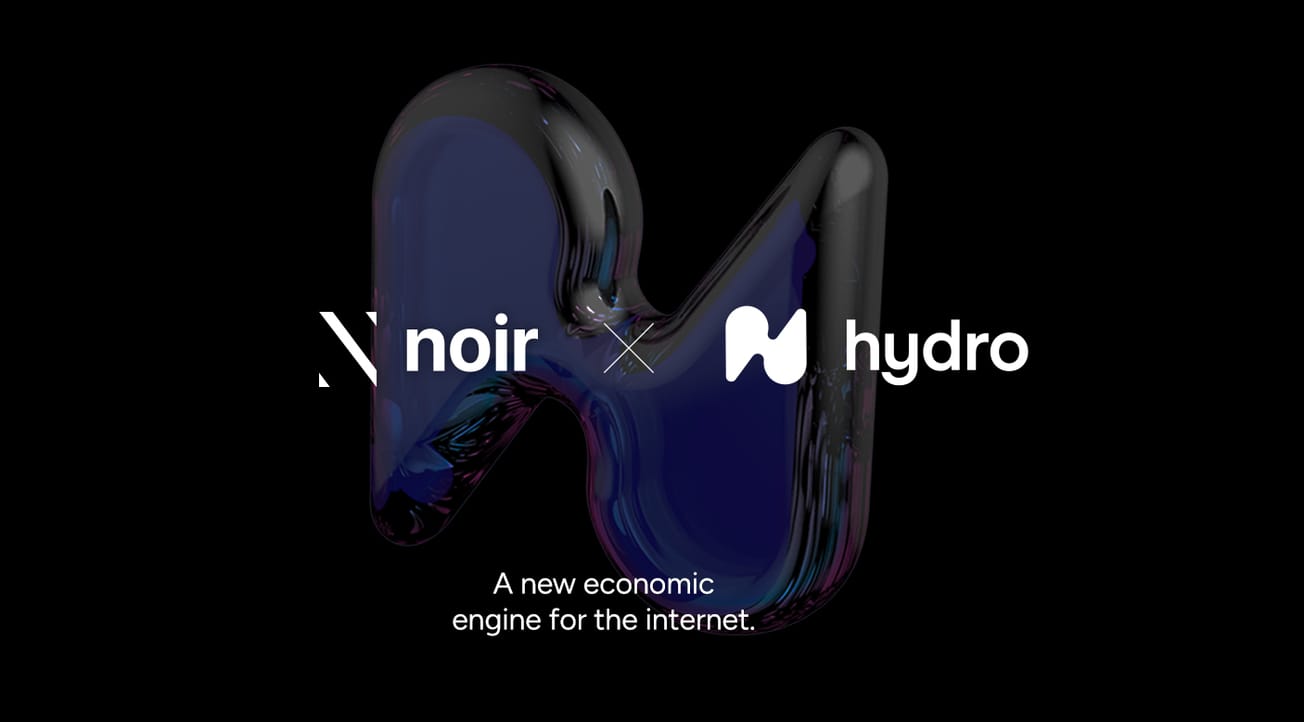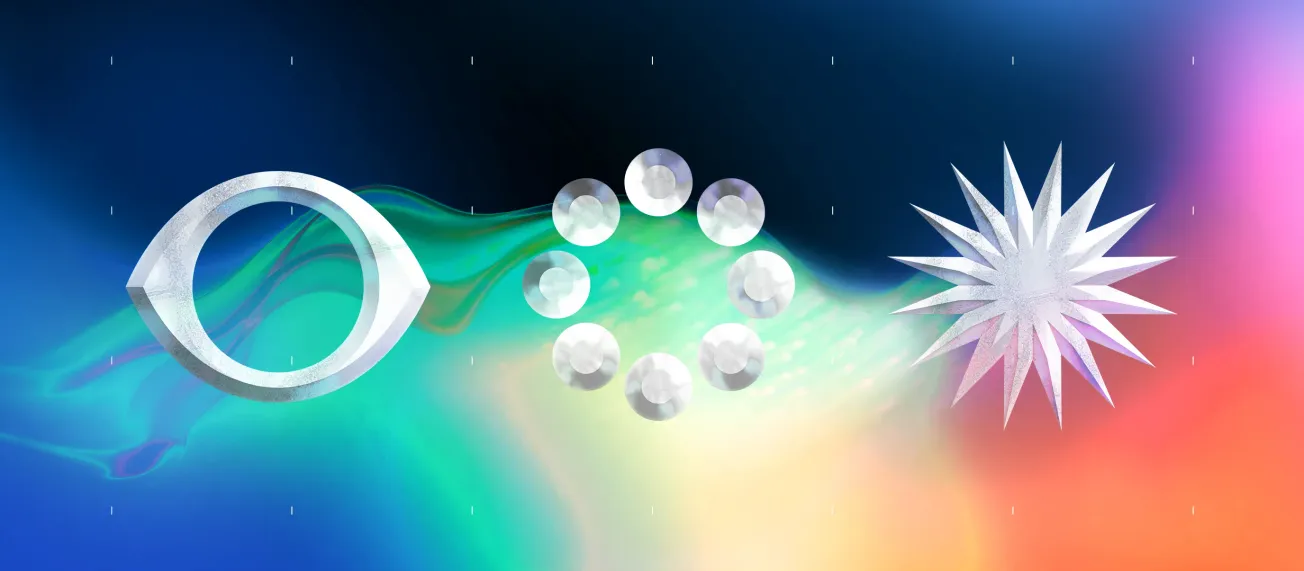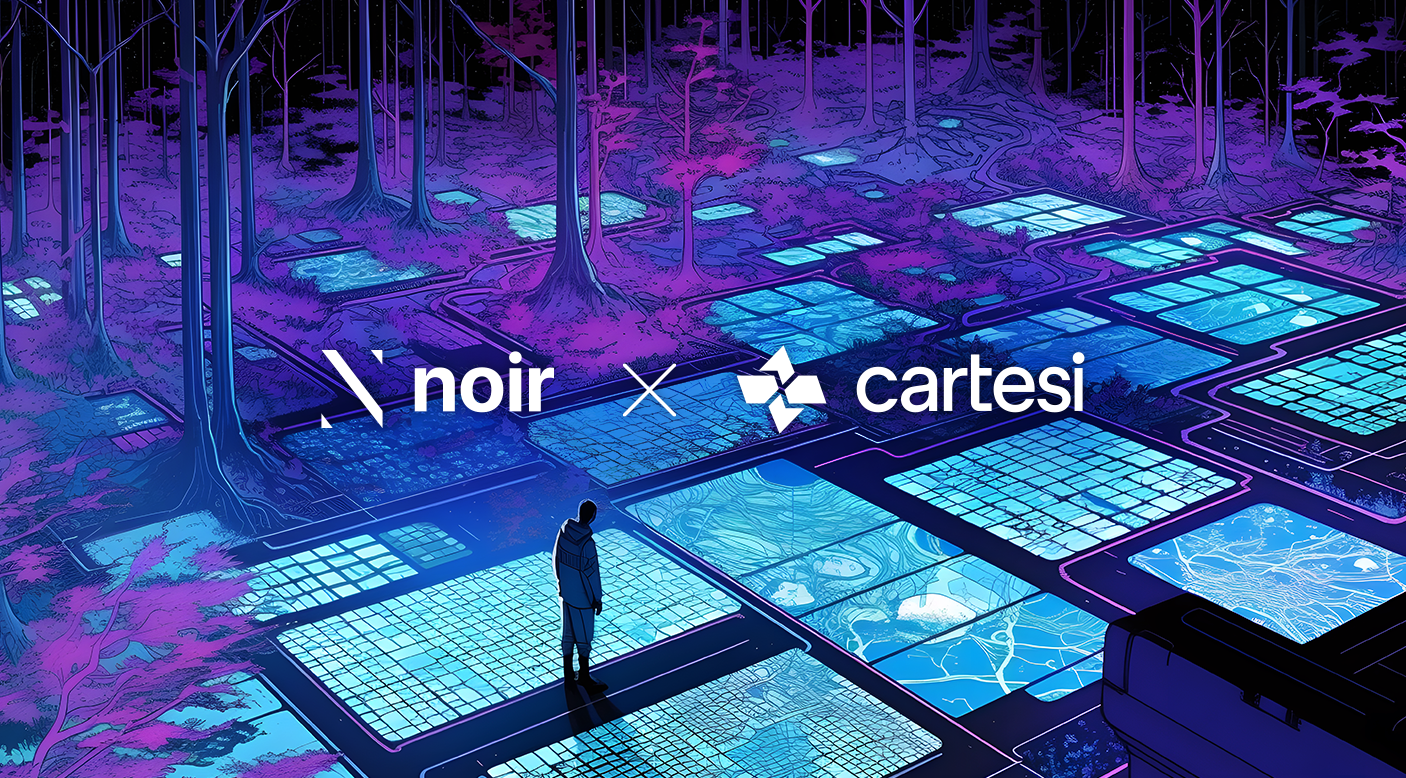Two keystone features of Unreal Engine 5 (UE5), Nanite and Lumen, have put Epic ahead of the game when it comes to simulation software.
Nanite and Lumen combine to create high-fidelity, hyper-realistic environments in real time 3D, and Unreal’s recent 5.1 and 5.2 iterations are giving them support for use in VR—meaning we could be within years of VR environments indiscernible from the real world.
Nanite and Lumen
Working together, Nanite and Lumen might be the most impressive features available in Epic Games’ flagship product, Unreal Engine 5.
Lumen Global Illumination is UE5’s light and reflection system which allows for hyper-realistic lighting simulations, solving many industry-wide problems. It captures all the small lighting details your eyes would expect; slight shines and color reflections, subtly illuminating a simulated room almost perfectly.
Nanite Virtualized Geometry is a continuous ‘level of detail’ (LOD) system that cleverly works to only feed the most high-fidelity information visible to the camera, drawing detail from a master 3D Model to display clear and defined surfaces even up close.
Together, the lighting and geometry features work beautifully to seamlessly render and illuminate hyper-realistic simulations of rooms, buildings, and anything you could imagine—and the industry-leading Unreal Engine still has a lot of room for improvement.
Simulated Spelunking
Twitter user Hiroyan (@H1R0Y4N) made use of Unreal Engine’s 5.2 iteration with both Nanite and Lumen to explore a simulated cave in VR, claiming “This is by far the most detail and realism I have ever seen in #VR.”
The Epic gods have done it again... Lumen and Nanite in #UnrealEngine #VirtualReality using #UE5-main (5.2). This is by far the most detail and realism I have ever seen in #VR. pic.twitter.com/KE9aYboJTE
— Hiroyan (@H1R0Y4N) October 9, 2022
You’d have to see it for yourself—but up close, the cave walls and petrified wood look nearly indiscernible from real objects and their textures. This is only amplified by the fact that in VR you can get so close to these objects that your eyes would touch them—if they were real. This lets you view them ultra-close, seeing all those fine details quite intimately.
“It’s hard to convey through screenshots” said Hiroyan, “but it’s truly amazing when you’re able to get super close up to objects and they have micro detail you can see with your own eyes” Thanks to VR, the added spatial element and immersion probably made the experience feel all-too-much like The Matrix.
Not There Yet
While the engine and graphics would knock your socks off, the experience isn’t quite VR ready. The simulation used by Hiroyan was running on an NVIDIA RTX 3090 Graphics card—the best on the market until the recent 40 series was released.
This means a standard VR ready PC won’t quite be able to run it at such a high level, and for a truly immersive experience VR headsets will need a much higher refresh rate and frames-per-second count than currently available without a high-end rig.
Even still, in the coming years these will become cheaper, faster, and stronger, and before we know it we’ll be immersed in the metaverse.


